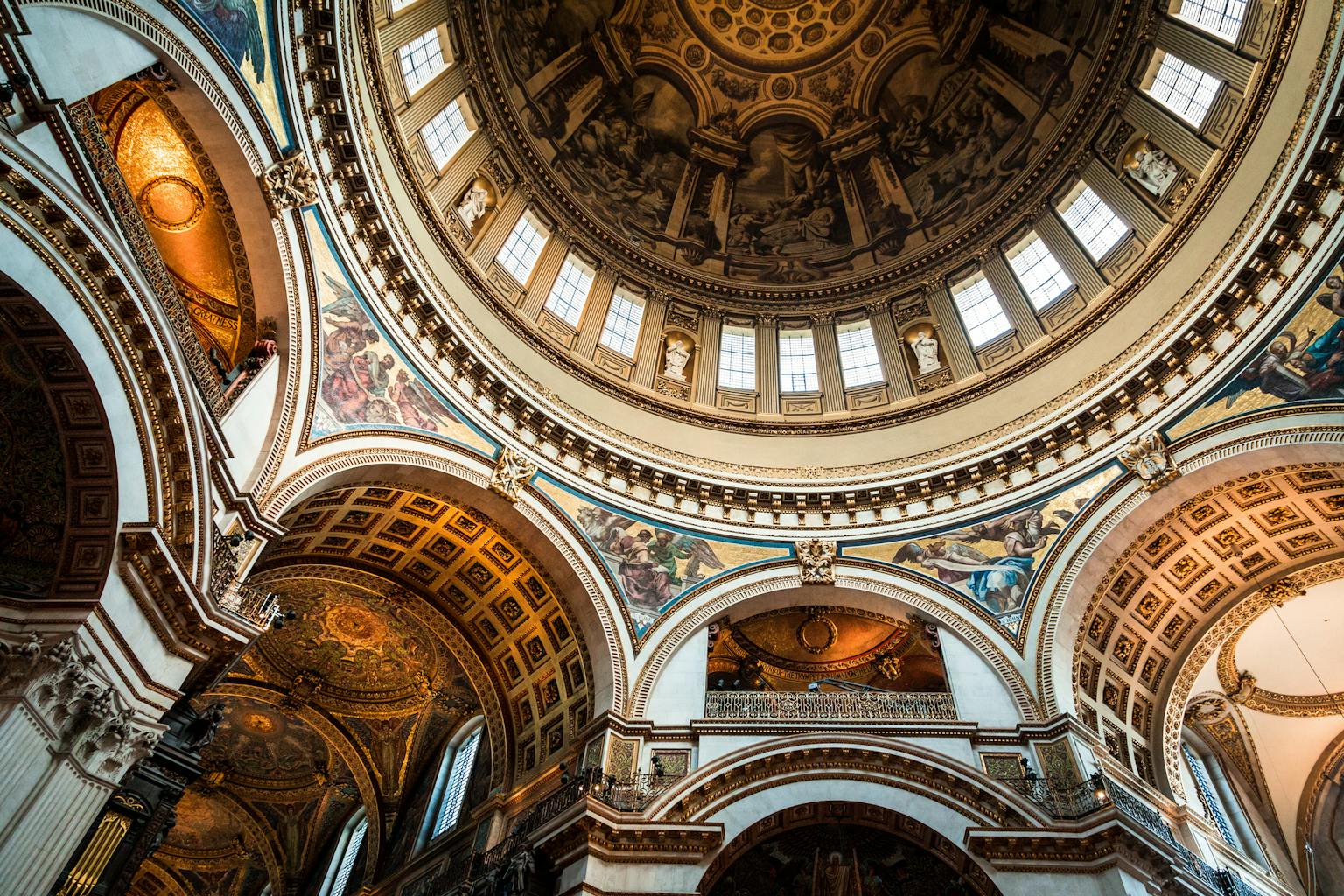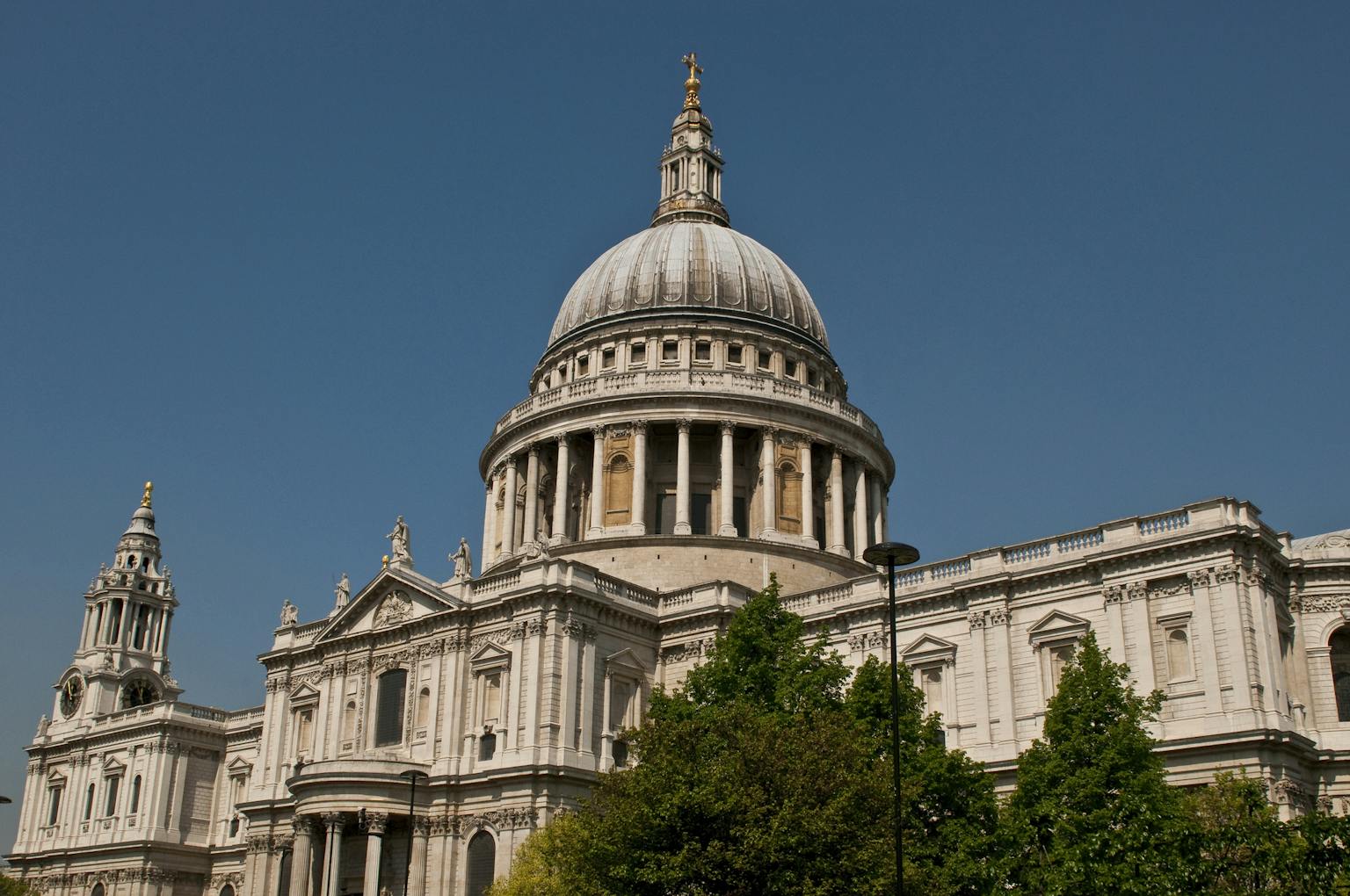In the Spotlight: Jo Deeming
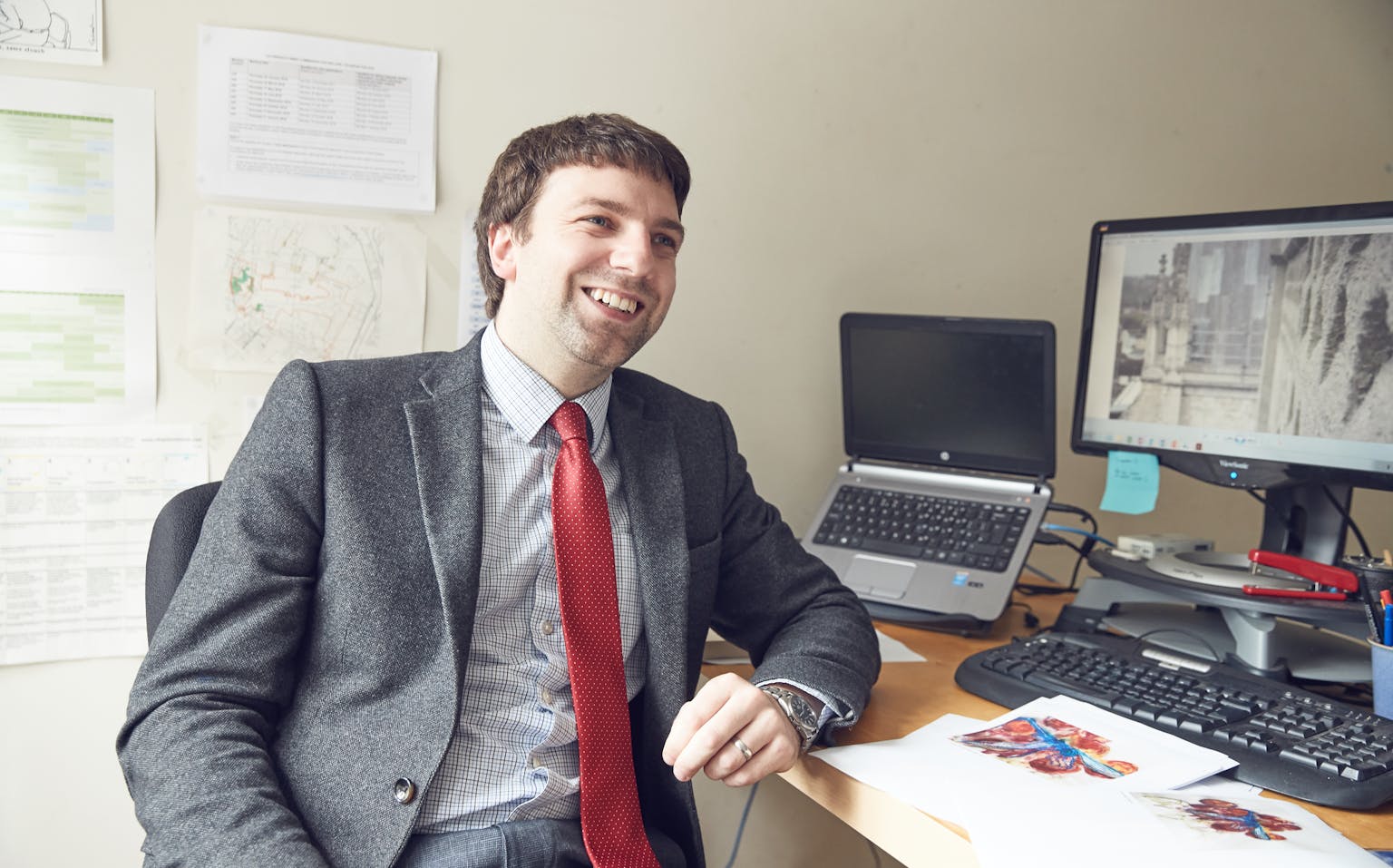
We shape our buildings; thereafter they shape us.
— Sir Winston Churchill, 28th October 1943
Jo Deeming joined Purcell as an Architectural Assistant, and now Regional Partner in the North, he reflects on his passion for places of worship which is threaded throughout his time with the practice.
One of many famous quotations by wartime Prime Minister Sir Winston Churchill, I’ve always found this quote particularly poignant. Whilst originally spoken in the context of how the Palace of Westminster would need to be reconstructed post-cessation of conflict at the end of the Second World War, I’m continually reflecting on its relevance today in my role as a Conservation Architect. We carry a great responsibility for the care of the work of those that have gone before us, and in nowhere is that more important than in those special buildings that transcend this world and the heavens — places of worship.

It is an honour to have spent the formative years of my career working in and around communities whose buildings play a role above and beyond a wind and weather-tight structure. A church in and of itself is a small part of a faith community’s life. The rhythm and ritual of centuries of daily activity is recorded in the way the architecture works. As a Church and Cathedral Architect, my role has allowed me to witness and be a part of shaping the present iteration of that architecture.
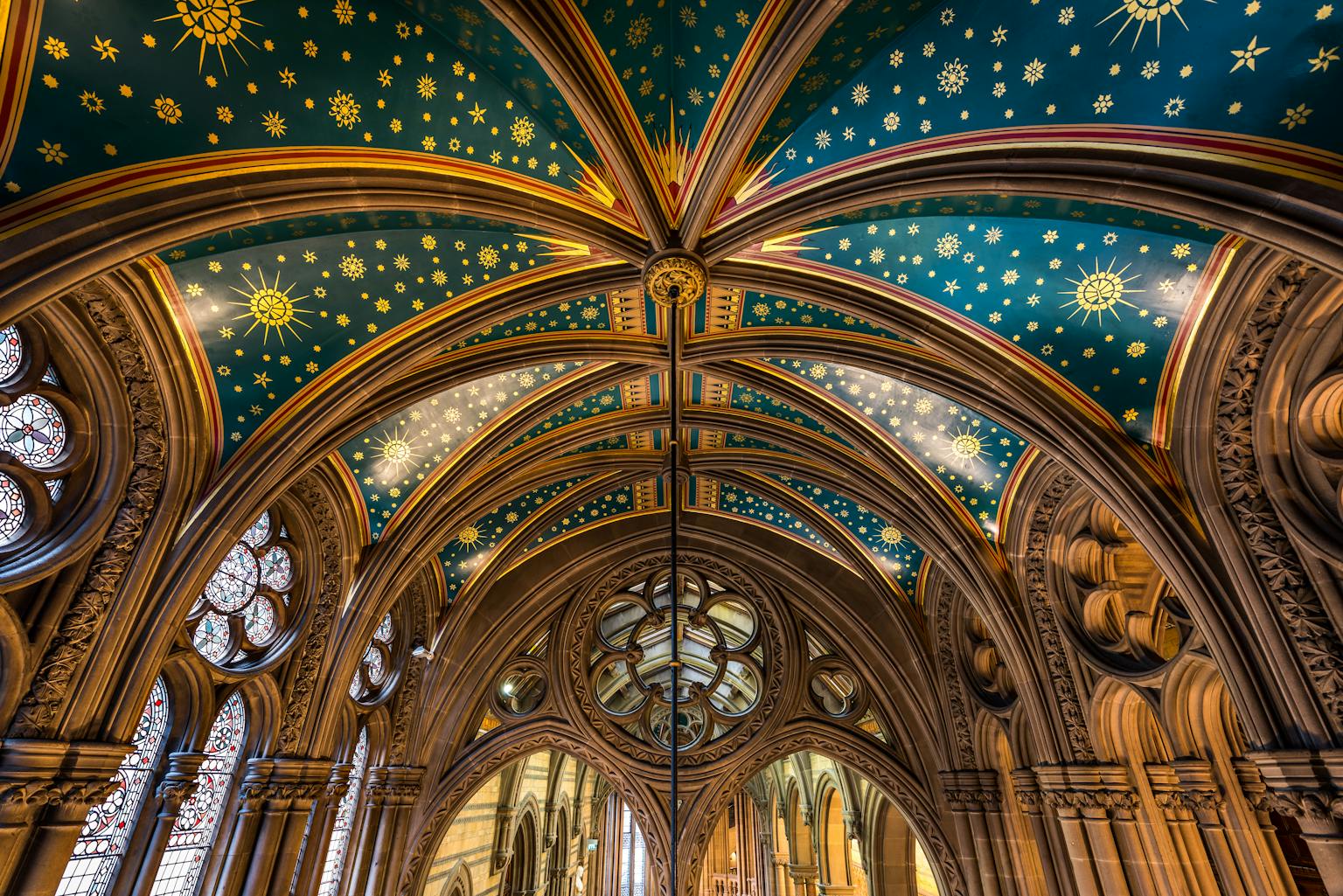
The continuity of a single activity on one site, often through many centuries, is quite remarkable. The magnitude of time that has passed could be easy to overlook, were it not for the often chaotically beautiful architectural styles, and the work of our predecessors in the their care and repair.
Finding an architectural voice for both building and community is something I strive for, which inevitably means one needs to do a lot of listening. I count myself incredibly fortunate to have worked with several of Purcell’s most time-proven Architects.
I recall a presentation we made to the monastic community of Ampleforth Abbey in the early 2000’s. Our work had been to prepare proposals for the once-in-several-generations upgrade of the monastery building (an unlisted structure), but nevertheless the work of Charles Hansom and Sir Giles Gilbert Scott.
On learning of the likely capital costs involved, one member of the community, quite seriously, proposed that the building were to be demolished and renewed. This was not intended as a reckless disregard, but moreover, a recognition of what was needed now, to make the building work for the community of today. Thankfully, our approach was thorough, well-reasoned and robust and the building still stands!
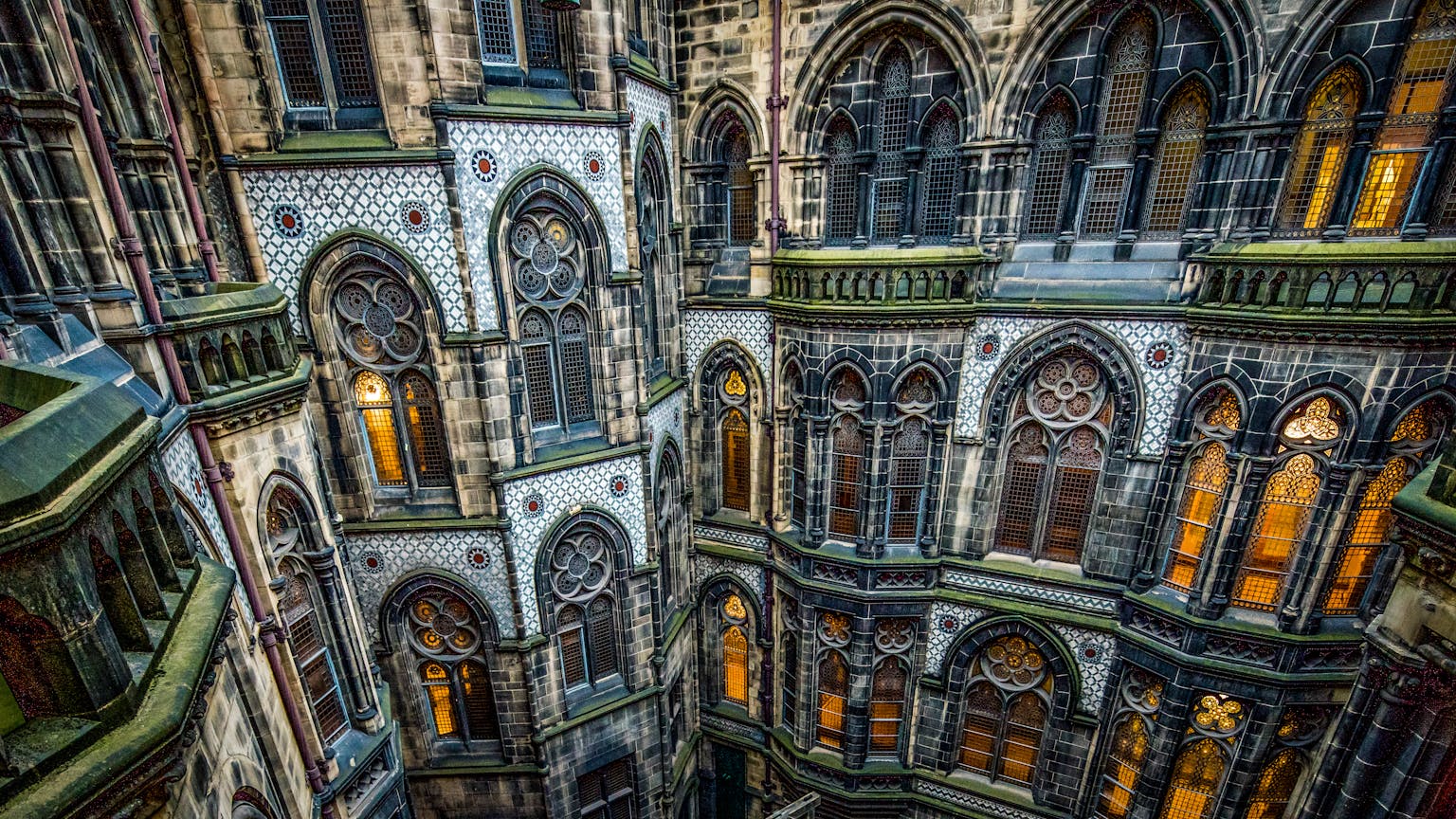
However, I have taken this small lesson through the last fifteen years of my career. Addressing difficult problems with determination to find a great solution, and taking people with me on that journey, is a joyous part of being an Architect. In recent years, I’ve been looking at diverse issues as how one brings parity of access into a Grade 1-Listed cathedral; how one increases safe occupancy in an Elizabethan hammerbeam-roofed banqueting hall; re-purposing redundant scheduled monuments into fine art and music recording studios; and, overseeing the redecoration of the state room of a principal City of London Livery Hall.
At the forefront of some of my current work is addressing contested heritage, so prevalent in our historic building stock and collections.
I started my professional career as a Part 1 Architectural Assistant in Purcell’s York office. It is a privilege to now be back up in the north with the opportunity to drive forward our practice’s work in the region. I’m pleased to say that some things — the important things — haven’t changed. Wonderfully characterful landscapes and buildings entrusted to equally characterful people!
But what has changed is the long-overdue and much-needed effort to rebalance our country’s economy, ever more relevant in the post-covid climate. The north is on track to become the ‘northern powerhouse’ with their great commercial centres, their distinct identities never in doubt, now once-again building on their pride and re-finding their place in our economy.
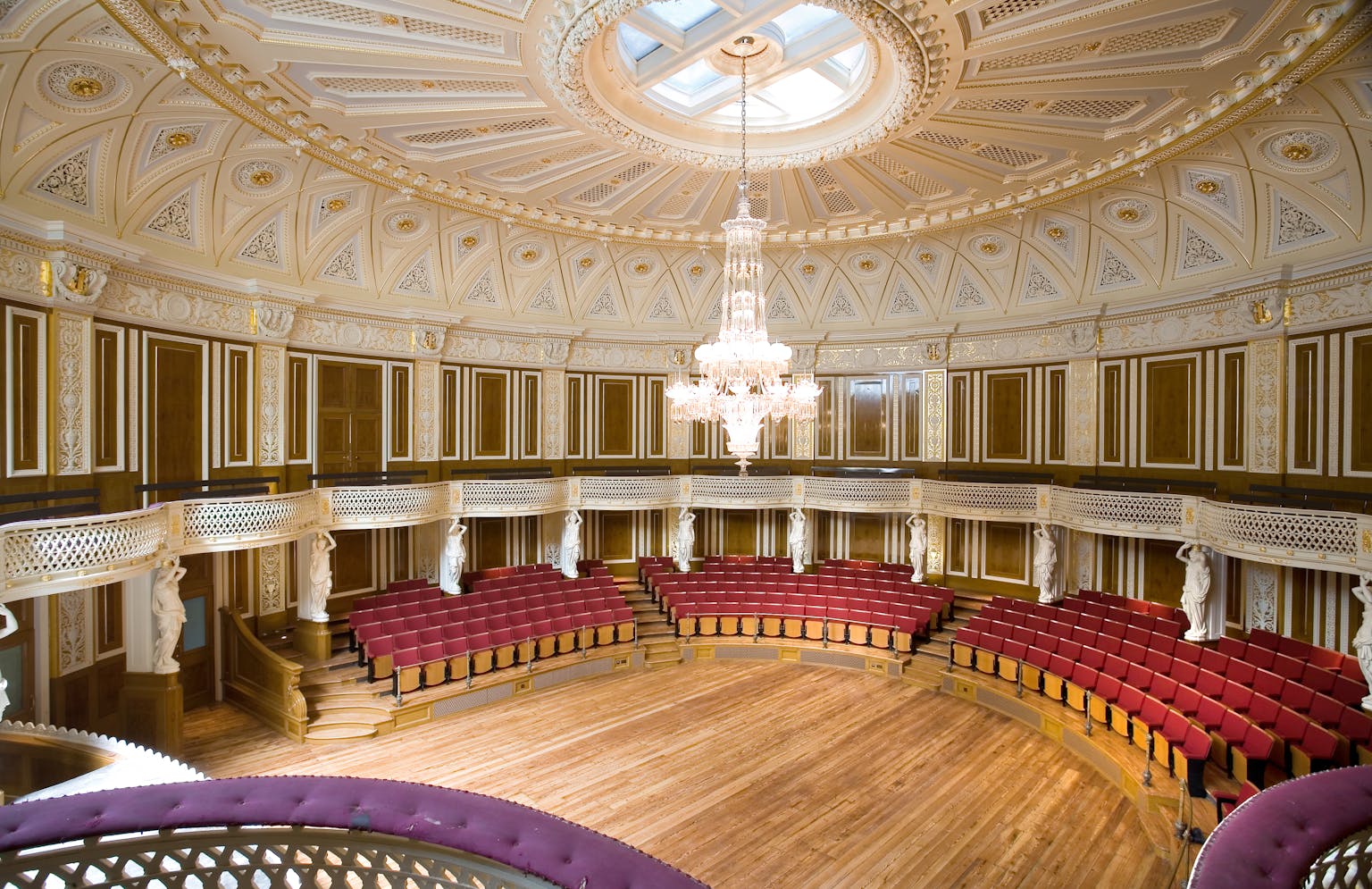
Recently, I have reflected on this aspiration. Whilst undertaking condition surveys for English Heritage with our York and Manchester studios on several former ‘powerhouses’ - the now ruined abbeys and castles so prolific in the vast landscape of the north - I recognize just what a profound crossroads it is that we are now at.
Do we face the future looking backwards, hoping for a return of the good times when finding ‘funding to preserve’ seemed to be just that bit easier? And where will that course leave us a few years down the line? Or do we turn our shoulders to the wheel of change, ensuring what we do now carries the confidence of our predecessors, so irrefutably demonstrated by the incredible buildings they created for us to use, love, and enjoy. If I have learned anything from my career to date, it is that great works are borne of great people fully invested in a cause. In the years ahead, I relish the opportunity to continue our great work in helping people, and transforming buildings.

